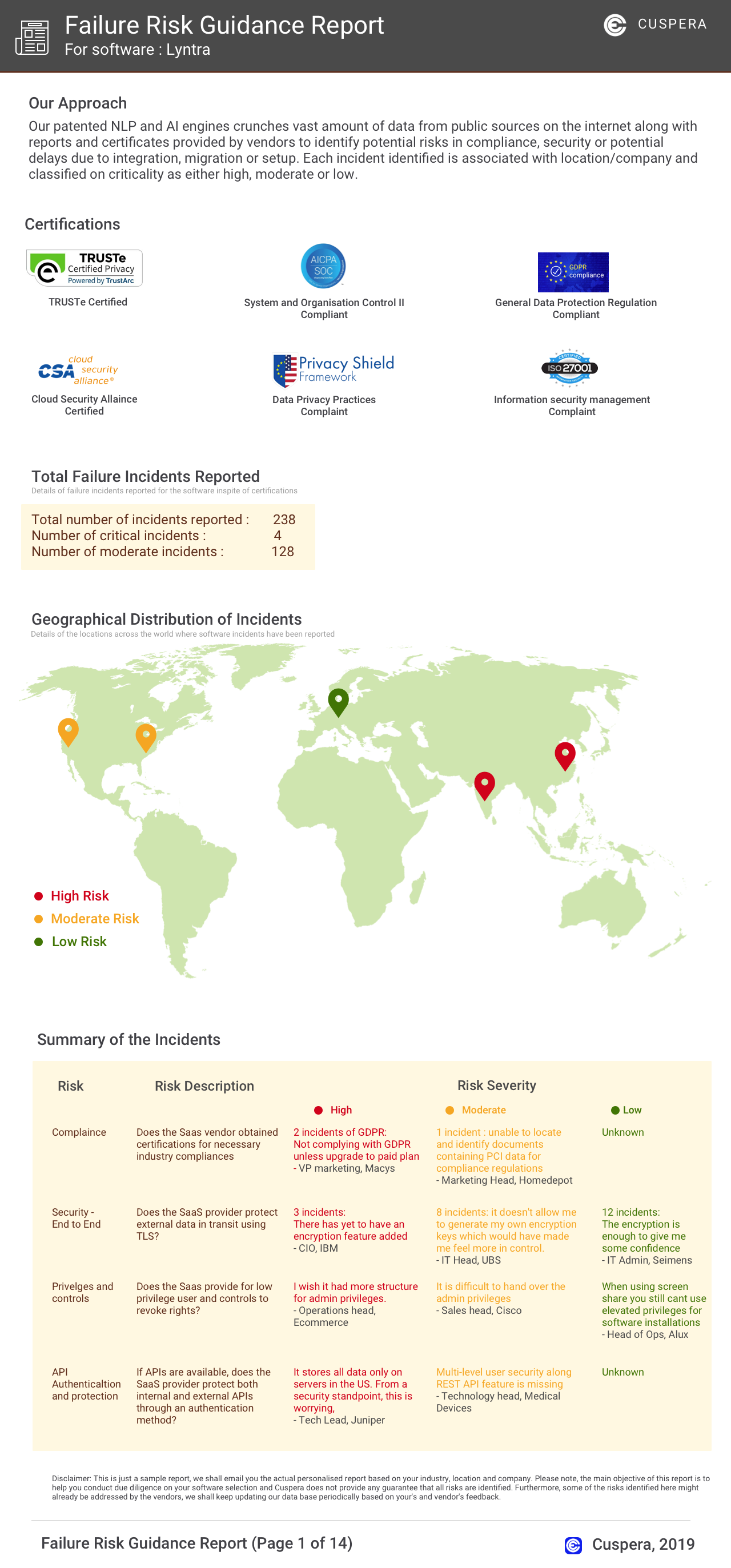Overview: Asana and Backlog as Project Management Category solutions.
Asana and Backlog offer project management tools with distinct strengths. Asana excels in providing comprehensive collaboration and workflow management, making it suitable for large enterprises and marketing teams. It offers robust features like custom reports and extensive integrations. Backlog, on the other hand, supports smaller scales with niche features in knowledge sharing and compliance. Industries like IT and design may find Backlog appealing due to its focus on improving navigation and stakeholder relations.
Asana: Asana is a work management tool offering features for projects, workflows, goals, and teams. Users can read about its features, usage, and sign-up process.
Backlog: Backlog is an all-in-one SaaS for project management. It offers Kanban boards, task tracking, version control, and Gantt charts.
Asana and Backlog: Best Use cases based on the customer satisfaction data
Key Capabilities Supported
Asana supports collaboration and workflow management extensively, providing tools to enhance communication and content management. read more →
Backlog enables collaboration and knowledge sharing, focusing on task engagement and category management for smaller teams. read more →
Business Goals
Asana is aimed at improving internal communications and acquiring customers, aligning with goals like launching new products and scaling practices. read more →
Backlog is designed to improve ROI and stakeholder relations, with a focus on enhancing navigation and communication. read more →
Core Features
Asana offers custom reports and analytics, supported by AI, with a strong emphasis on integration and data export capabilities. read more →
Backlog provides custom reports and basic analytics, with a focus on security and compliance suited for specific needs. read more →
Vendor Support
Asana provides comprehensive support, including 24/7 availability and multiple contact methods such as email and phone. read more →
Backlog has limited vendor support, with options like email and 24/7 assistance, catering to smaller user bases. read more →
Segments and Industries
Asana is favored by large enterprises and sectors like computer software and marketing, extending its reach in diverse industries. read more →
Backlog appeals to IT services and design industries, with a primarily enterprise-focused customer segment. read more →
Operational Alignment
Asana integrates seamlessly into large-scale operations, supporting complex workflows and extensive data handling tasks. read more →
Backlog is suited for smaller-scale operations, offering targeted solutions for knowledge and stakeholder management. read more →
Failure Risk Guidance?
Compliance Risk
{{{rsh_C_1}}}
{{{rsh_C_1}}}
Security & Privacy Risk
{{{rsh_C_1}}}
{{{rsh_C_1}}}
Integration Risk
{{{rsh_C_1}}}
{{{rsh_C_1}}}
Migration Risk
{{{rsh_C_1}}}
{{{rsh_C_1}}}
IT and Other Capabilities
- Low
- Medium
- High
Data
Support
Others
Asana in Action: Unique Use Cases
How can Asana enhance your Collaboration process?
How does Asana address your Workflow Management Challenges?
How can Asana optimize your Engagement Management Workflow?
How can Asana optimize your Communication Management Workflow?
Backlog in Action: Unique Use Cases
How does Backlog address your Training & Onboarding Challenges?
Alternatives
Integrations
Few Asana Integrations
Few Backlog Integrations
News
Latest Asana News
Asana Posts 10 % Revenue Gain in Q2 | The Motley Fool
Asana reported a 9.9% increase in Q2 FY26 revenue to $196.9 million, surpassing guidance. The company achieved a positive adjusted operating margin of 7.1%, a significant improvement from the previous year's negative margin. Asana also launched AI-driven features like the Smart Workflow Gallery and expanded its presence in the AWS Marketplace. The number of large enterprise customers grew by 19% year over year.
Latest Backlog News
Save time with Backlogs new replicate feature
Nulab has introduced a new Project Settings Export/Import feature in Backlog, enabling users to replicate project settings efficiently. This update allows teams to export settings such as general settings, issue types, statuses, categories, and milestones, and import them into new projects, streamlining project setup and reducing errors. Future updates will include support for custom attributes.





















